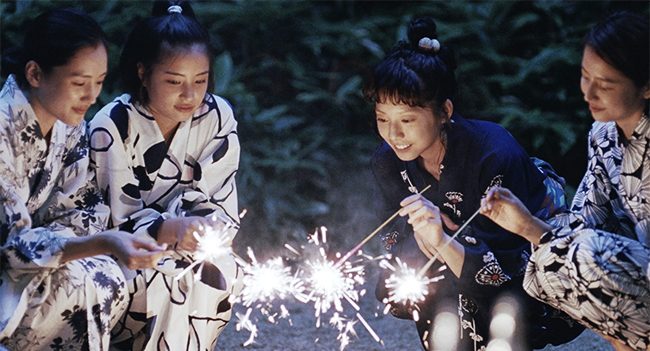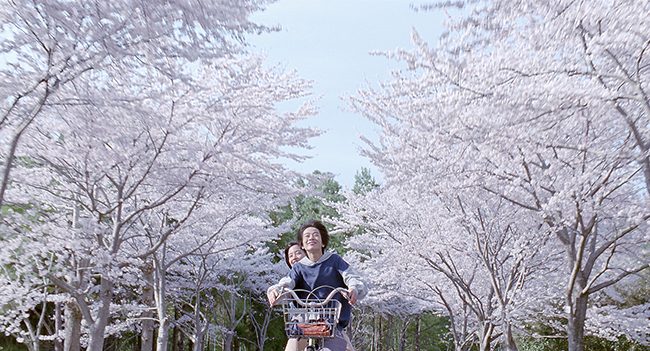Two months from today we Americans might, finally, elect our very first female President, so it’s appropriate in the weeks leading up to that day we will be screening a series of excellent movies by and about girls and women filmed and set in places as diverse as the Negev Desert in Israel, Lyon, France, Mongolia, Tunisia and the USA.
First up is FATIMA, which we open September 16 at the Royal. The title character lives in Lyon with two daughters: fifteen-year-old Souad, a teenager in revolt, and 18-year-old Nesrine, who is starting medical school. Fatima speaks French poorly and is constantly frustrated by her daily interactions with her daughters. Her pride and joy, they are also a source of worry. While recovering from a fall, Fatima begins to write to her daughters in Arabic thoughts she has never been able to express in French. Writing in the New York Times, Stephen Holden called it “a small miracle of a film.” In the Hollywood Reporter, Leslie Felperin wrote that “FATIMA offers a gentle, affecting celebration of the fortitude and intelligence of an Algerian cleaning lady struggling to raise her two daughters in contemporary France.” The film won the Cesars Awards for Best Film and Best Adapted Screenplay and was nominated for Best Actress this year.
The next week, also at the Royal, we’ll open the gorgeous documentary CAMERAPERSON. Look through the lens of master American documentary cinematographer Kirsten Johnson (“Darfur Now,” ‘The Invisible War,” “Fahrenheit 9/11,” “Citizenfour”) at a Brooklyn boxing match; life in postwar Bosnia and Herzegovina; the daily routine of a Nigerian midwife; an intimate family moment at home: these scenes and others are woven into the film, creating a tapestry of footage collected over Johnson’s 25-year career. Through a series of juxtapositions, she explores the relationships between image makers and their subjects, the tension between the objectivity and intervention of the camera, and the interaction of reality and crafted narrative. “Cinematographer Kirsten Johnson delivers a uniquely insightful memoir-cum-critical-treatise on the nature and ethics of her craft.” (Nick Schager, Variety) “Surprisingly emotional and heartfelt … CAMERAPERSON is a stunning achievement…makes a strong argument to assert the person behind the camera – who they are, how they live, and how they interact with others as a crucial focal point in the process of filmmaking.” (Katie Walsh, The Playlist)
On October 7th we’ll open AS I OPEN MY EYES at the Royal and Playhouse. The film depicts the clash between culture and family as seen through the eyes of a young Tunisian woman balancing the traditional expectations of her family with her creative life as the singer in a politically charged rock band. Director Leyla Bouzid’s musical feature debut offers a nuanced portrait of the individual implications of the incipient Arab Spring. “Like so many of the finest portraits of real life political events, the director has cleverly kept the story small, while hinting at a much bigger picture…Bouzid has joined the ranks Arab female filmmakers worth keeping tabs on.” (Kaleem Aftab, indieWIRE) “Leyla Bouzid displays considerable talent for dramatizing how young people eroticize peril and risk due to a lack of experience.” (Chuck Bowen, Slant Magazine)
Also on October 7 at the Royal and Playhouse we’ll begin screening SAND STORM. Set in a Bedouin village in Israel, the movie follows a mother and daughter trapped by their community’s social norms. As Jalila, a 42-year-old Bedouin woman, must host her husband’s marriage to a second, younger woman, she uncovers her daughter’s affair with a boy from her university — a liaison that’s both forbidden and could shame the family. A moving film about two generations of Arab woman negotiating their identities and desires, SAND STORM is at its core a powerful story of resistance and female empowerment. “Filmmaker Elite Zexer…quickly immers[es] us in her Bedouin village setting and deftly manipulating our emotions so that our sympathies are torn and turned on a dime. Building on her award-winning short “Tasnim” – whose character here is minor but, in keeping with the film’s complexity, hints at more than one possible future – Zexer’s first feature deservedly took home the World Cinema Dramatic prize at Sundance earlier this year.” (Amber Wilkinson, Eye for Film) “One of the most-admired films at this year’s Sundance…a lovely, deeply affecting film.” (Bilge Ebiri, New York Magazine)
And, ending the year on a high note, a film you can bring young daughters, granddaughters and nieces (and their male counterparts) to, THE EAGLE HUNTRESS. The film follows Aisholpan, a 13-year-old girl, as she trains to become the first female in twelve generations of her Kazakh family to become an eagle hunter, and rises to the pinnacle of a tradition that has been handed down from father to son for centuries. Set against the breathtaking expanse of the Mongolian steppe, the film features some of the most awe-inspiring cinematography ever captured in a documentary, giving this tale of a young girl’s quest the force of an epic narrative film. Narrated by Daisy Ridley, who played the heroine in “Star Wars: the Force Awakens”) “Aisholpan offers a real-life, profoundly inspiring testament to disregard age-old societal constraints and forge ahead with your passion.” (Jordan Raup, The Film Stage)

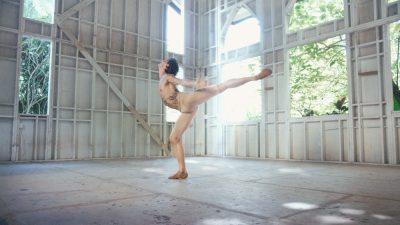
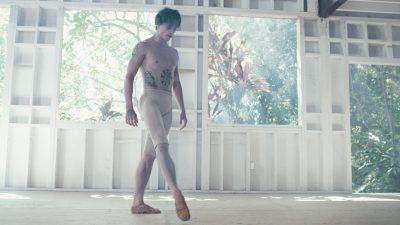
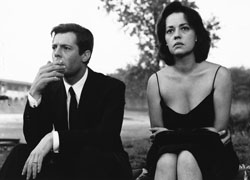 We’ll also soon screen two by Michelangelo Antonioni:
We’ll also soon screen two by Michelangelo Antonioni: 



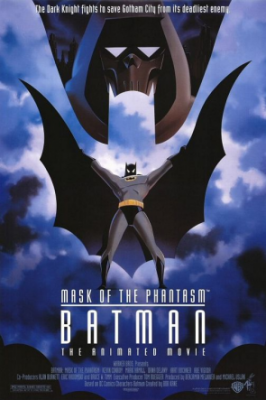
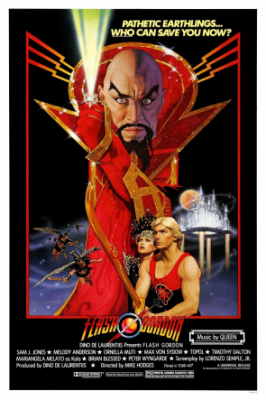
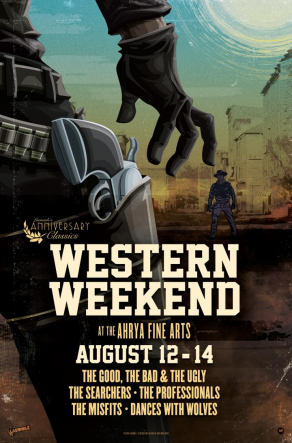
 We open our sagebrush weekend with the “third and best of Sergio Leone’s ‘Dollars’ trilogy… the quintessential spaghetti Western,” according to Leonard Maltin. The trilogy became the most popular of the hundreds of European Westerns made in the 1960s and 70s. The Good, the Bad and the Ugly, set during the Civil War in New Mexico, is actually a prequel to A Fistful of Dollars and For a Few Dollars More, all of which starred Clint Eastwood as Blondie, or the Man with No Name. Leone and his screenwriters considered the film a satire with its emphasis on violence and deconstruction of Old West romanticism.
We open our sagebrush weekend with the “third and best of Sergio Leone’s ‘Dollars’ trilogy… the quintessential spaghetti Western,” according to Leonard Maltin. The trilogy became the most popular of the hundreds of European Westerns made in the 1960s and 70s. The Good, the Bad and the Ugly, set during the Civil War in New Mexico, is actually a prequel to A Fistful of Dollars and For a Few Dollars More, all of which starred Clint Eastwood as Blondie, or the Man with No Name. Leone and his screenwriters considered the film a satire with its emphasis on violence and deconstruction of Old West romanticism.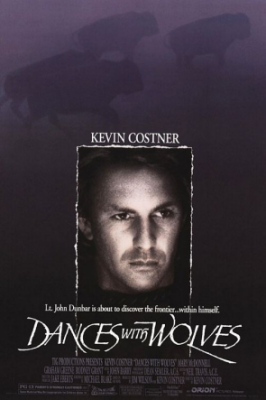 This film won seven Oscars in 1991, including Best Picture and Best Director Kevin Costner. (It was the first Western to be named Best Picture since Cimarron took the prize in 1931.) It remains one of the most popular Western films of all time, with one of the few positive and honest portrayals of Native American culture. And it is a genuine historical epic that deserves to be seen on the big screen, where its spectacular battle scenes and buffalo hunt can be fully appreciated.
This film won seven Oscars in 1991, including Best Picture and Best Director Kevin Costner. (It was the first Western to be named Best Picture since Cimarron took the prize in 1931.) It remains one of the most popular Western films of all time, with one of the few positive and honest portrayals of Native American culture. And it is a genuine historical epic that deserves to be seen on the big screen, where its spectacular battle scenes and buffalo hunt can be fully appreciated.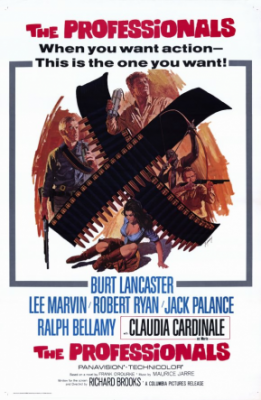 The film was nominated for three Academy Awards in 1966, including Best Director and Best Screenplay for Hollywood veteran (and past Oscar winner) Richard Brooks. This irreverent Western boasts plenty of sardonic humor and turns many of the values of the genre upside down, but it does not skimp on production values or striking cinematography (by Oscar winner Conrad Hall). “Taut excitement throughout” was the verdict of Leonard Maltin.
The film was nominated for three Academy Awards in 1966, including Best Director and Best Screenplay for Hollywood veteran (and past Oscar winner) Richard Brooks. This irreverent Western boasts plenty of sardonic humor and turns many of the values of the genre upside down, but it does not skimp on production values or striking cinematography (by Oscar winner Conrad Hall). “Taut excitement throughout” was the verdict of Leonard Maltin.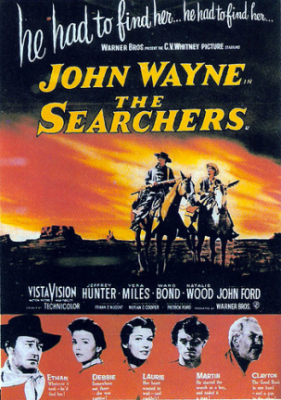 One of the finest collaborations of John Wayne and director John Ford is also one of the most influential and admired Westerns in history. At the time of its release, The New York Times’ Bosley Crowther called it “a ripsnorting Western,” but its reputation grew in later years.
One of the finest collaborations of John Wayne and director John Ford is also one of the most influential and admired Westerns in history. At the time of its release, The New York Times’ Bosley Crowther called it “a ripsnorting Western,” but its reputation grew in later years.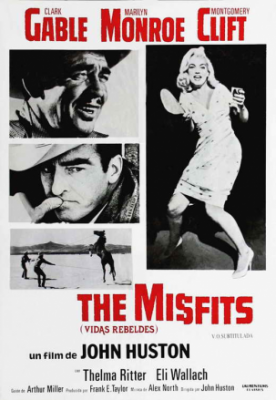 We close the weekend with a modern take on the oater genre. This 1961 film’s themes of outsiders and non-conformists misplaced in contemporary society, with no new undiscovered frontiers, provide a fitting elegy to the Western.
We close the weekend with a modern take on the oater genre. This 1961 film’s themes of outsiders and non-conformists misplaced in contemporary society, with no new undiscovered frontiers, provide a fitting elegy to the Western.


